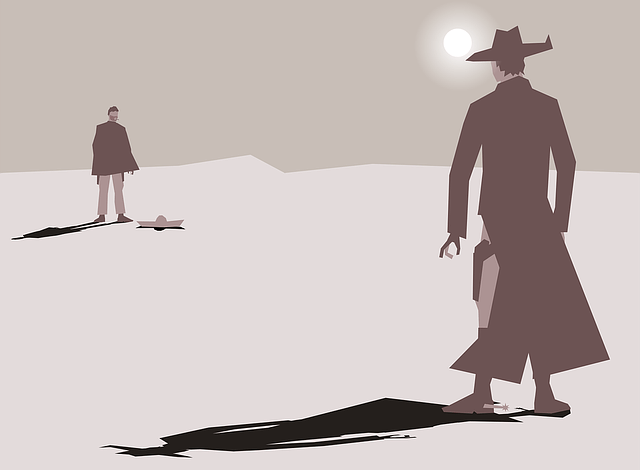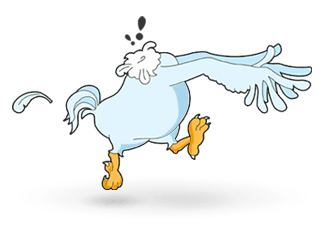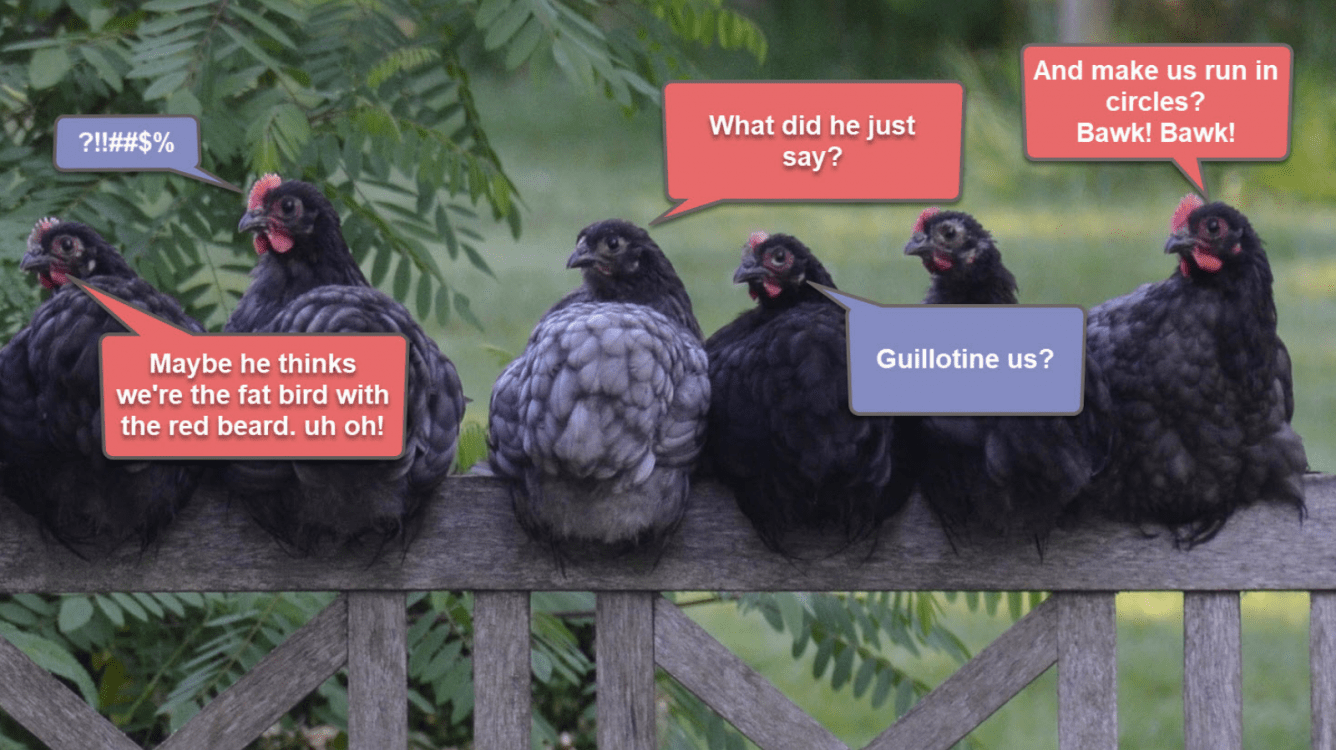Wouldn’t it be nice if chess were as simple as hockey?
We could just tell the beginner players “All you have to do is knock the king out of the board and that’s it! You win!” But alas, chess is as complex as rocket science when it comes to ideas and principles about winning the game.

Till the early 20th century, in the so-called romantic era, chess was more was like dueling, and beautiful sacrifices dominated the scenes. But as chess evolved and the concepts of positional play evolved, winning just got complex, just like how mathematics was simple until the alphabets started sneaking in.
We will start this blog with a simple question. (And end it with a little surprise that you’ll find at the end of this blog)
♘♘♘
What do you do when you don’t know what needs to be done?
A comfortable position for white, but it looks like black has a firm defensive hold on the position. White, the former world champion Tigran Petrossian invented a clever plan. Any guess?
He maneuvered his king all the way to the safety of the b1 square and started to attack his enemy king by throwing all the pawns forward, and bringing in reinforcements. He eventually won the game on move 54.
Full Game: (Above position can be found on move 28))
What would you do when you face such a position and don’t know how to proceed?
When we do not know what to do in a position, there is a tendency to panic and start making mistakes.. This is what t I call “Running like a headless chicken”

Here are a few ideas to guide you in such situations.
– Pieces, Squares & Pawns:
A big part of finding creative ideas in boring positions is to nurture the Sherlock Holmes part of your brain. That is to develop your inner detective who will carefully pick targets for you to pursue during a game. These targets or we could say goals could be related to pieces, squares, and pawns.
Take a look at this position below. It is white to play. How will you continue?
When you are not sure what to do, you can always improve your worst piece! Nimzowitsch decided that the knight on g3 could be better positioned elsewhere on g5 for his plan to succeed and started a maneuver with Nh1-f2-h3-g5!
Full game: (Above position can be found on move 18)
Similarly, plans can be hatched in what seems to be a lazy position with the aim of creating or utilizing enemy weak squares or weak pawns.
In the position below, Rubinstein, the positional genius provoked his opponent to create a weakness (Pawn/square based) that Rubinstein later exploited.
White to play
Full game: (Above position can be found on move 13)
– Causing trouble for your opponent:
If 1+2 equals 3, then 2+1 should also be 3. Likewise, you can always try to use these ideas against your opponent by exchanging their best pieces, destroying their possible good squares, eliminating your own weaknesses before your opponent notices, or simply preventing whatever your opponent is trying to do.
White to play. How will you continue?
Karpov, playing white in the position below, delivered one such blow to his opponent by restricting the movement of his pieces like the tight grip of a python.
Full Game: (Mentioned position can be found on move 24)
It is a difficult task to fit an elephant into the trunk of your car. Likewise, the scope of the topic is wide and cannot be fit into the narrow contours of a single blog post. So, we’ll be back soon with the next blog post on the same lines.
Latest posts by admin (see all)
- Running in Circles like a Headless Chicken - May 10, 2021
- Author Files: Beat The Najdorf And Taimanov Sicilians - May 10, 2021
